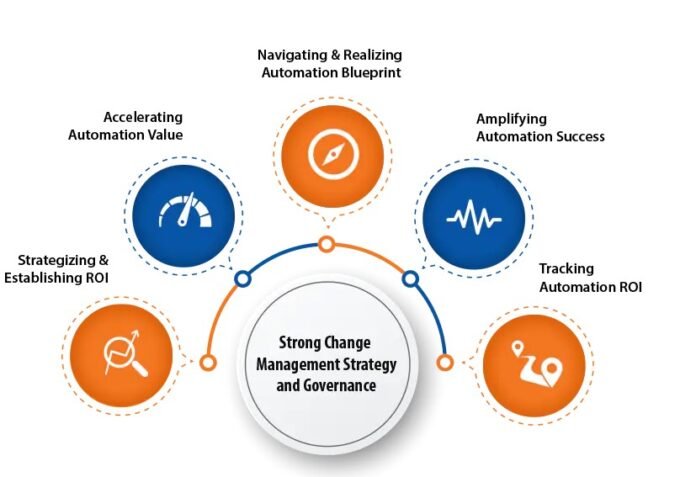Getting your warehouse organised is one thing, but keeping it that way can be complicated. Labelling is an underrated way of effectively managing inventory in your distribution centre so that items can be found much more easily and quickly.
So if you want to find out more about warehouse labelling and how it can benefit your business, keep reading.
What are the benefits of warehouse labelling?
Warehouse labelling provides several advantages. It can streamline all your warehousing operations and help to avoid costly errors.
With effective labelling, you can achieve better stock control and reduce the time it takes to find the right products because even new workers can find stock quickly and easily. Good warehouse labelling systems also aim to decrease manual entry errors, improve accessibility, strive for an increased turnover, and provide optimal safety for everyone who works in the warehouse.
What are the different types of labels?
Magnetic labels – for warehouses that constantly move their stock around and need a labelling solution that is just as flexible, the ideal choice is magnetic location labels. They are available in a wide range of colours and sizes, and are very durable no matter how many times they are moved. Of course, because they are magnetic, they can only adhere to metal surfaces such as racking frames.
Permanent adhesive labels – these types of labels should only be applied to an area or item if you know they won’t need to be removed. It is worth noting, however, that no label is completely permanent as time, moisture and other environmental conditions can affect the adhesive in the long run.
Tote and bin stickers – these are laminated label-holding strips that make it easy to apply and remove barcode labels for all your containers, bins and totes.
Retro-reflective labels – a surface layer of microscopic glass beads allows light to bounce back to the scanner. This is perfect for warehouse conditions as it allows staff members to scan barcodes quickly and effectively, no matter the lighting conditions.
Where can I implement labelling in my warehouse?
Shelves
The most common areas to label in a warehouse are shelves. There are many ways that you can label rows of shelving – for example, count up from one and continue numerically until you reach the end of shelf aisles, or assign a letter to each shelf so you can label them alphabetically. Depending on the warehouse, you could decide to put your shelf value in the last position of your location code.
Multi-level racks
Warehouse rack labels are used to streamline workflow by making items and sections easier to identify for staff. They can be used to identify stock in an easy and manageable way, and are very simple to label. You could colour code them for identification if you have just a few racks, or label them numerically if you have more.
Pallets
The use of pallets is highly effective in handling and storing materials. Pallets make loading and unloading goods an easy task, and they serve as a solid base for the goods when transporting them. Labelling the pallets with stickers or permanent markers can make them even more effective.
Bins and totes
Bins and totes are containers that are mainly used for the storage and handling of parts and materials in warehouses. Totes are portable, box-type containers that may collapse to conserve space when not in use, while bins have a slightly opened end and can be emptied without having to move them entirely. You can label bins and totes using markers to identify them, or barcode stickers that staff can scan to find out what items can be found in them.
Racking
Labels on racking are a common sight in the world of warehousing and are often just stickers posted on the sides. They help employees identify the section where they are looking for a particular item and the stock itself very easily.
Tips to use warehouse labels effectively
- Make sure labels are easy to find and read.
- Make the system sequential by using numbers, letters or any other easily identifiable series.
- Ensure that the labels are user friendly and clear to read.
- Be consistent and ensure all parts of your warehouse are labelled, not just one area.
- Invest in more durable types of labels when you need longevity within your warehouse.








